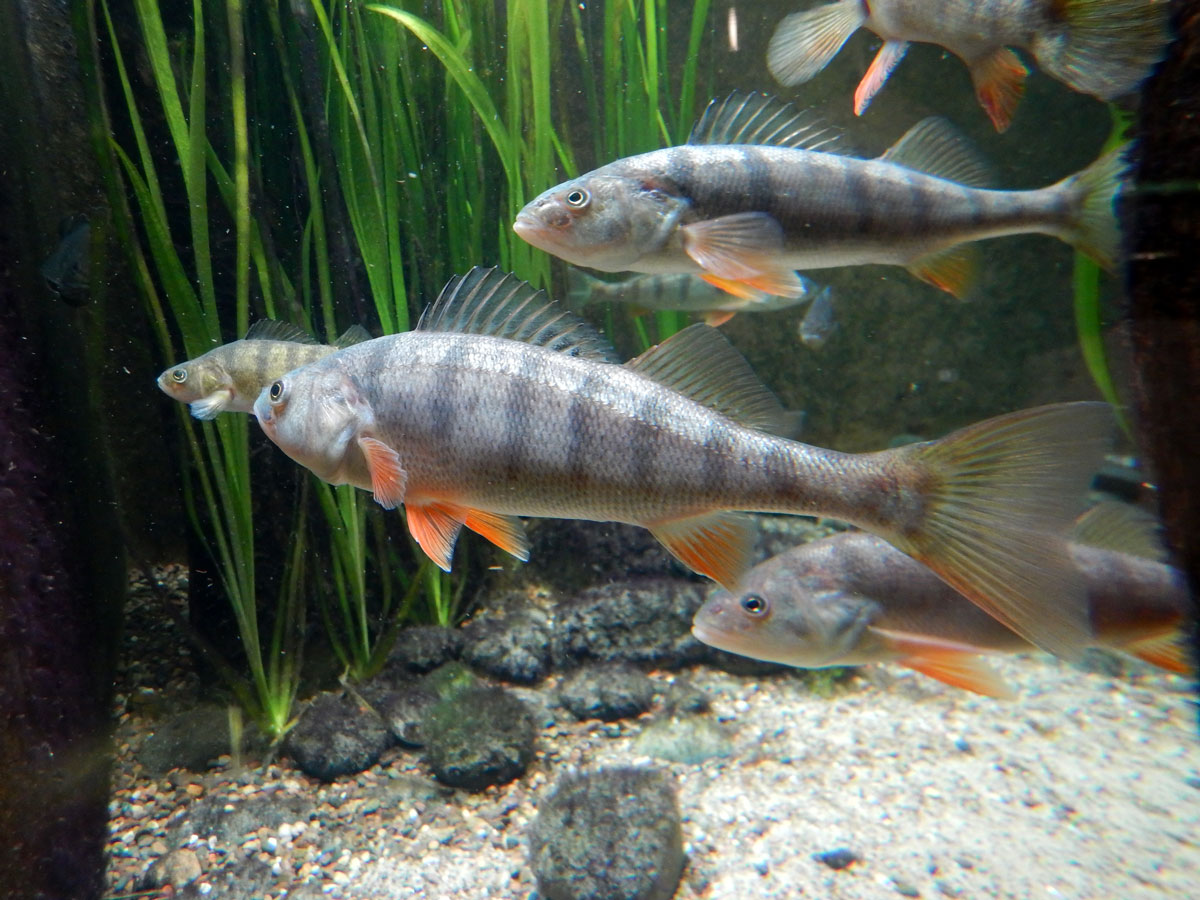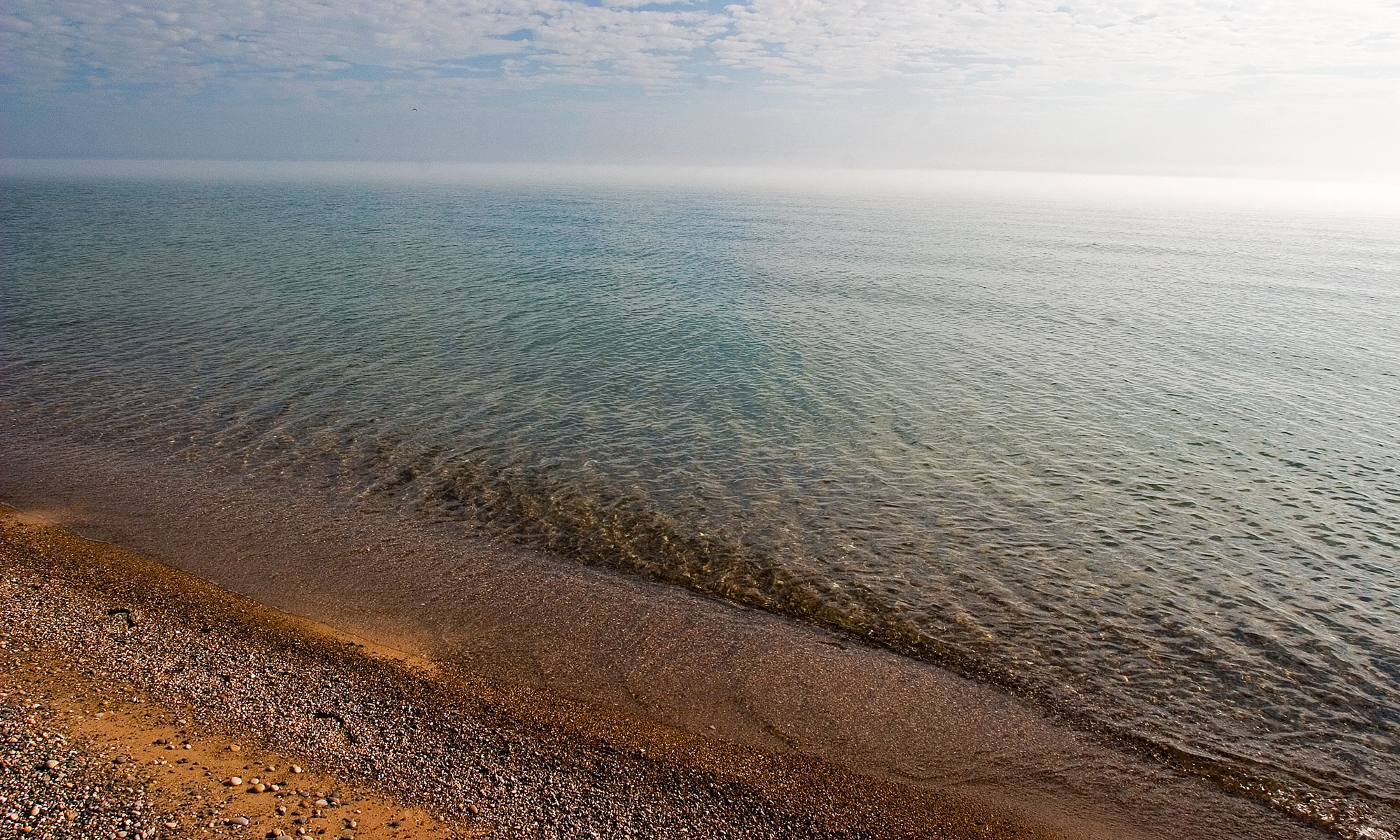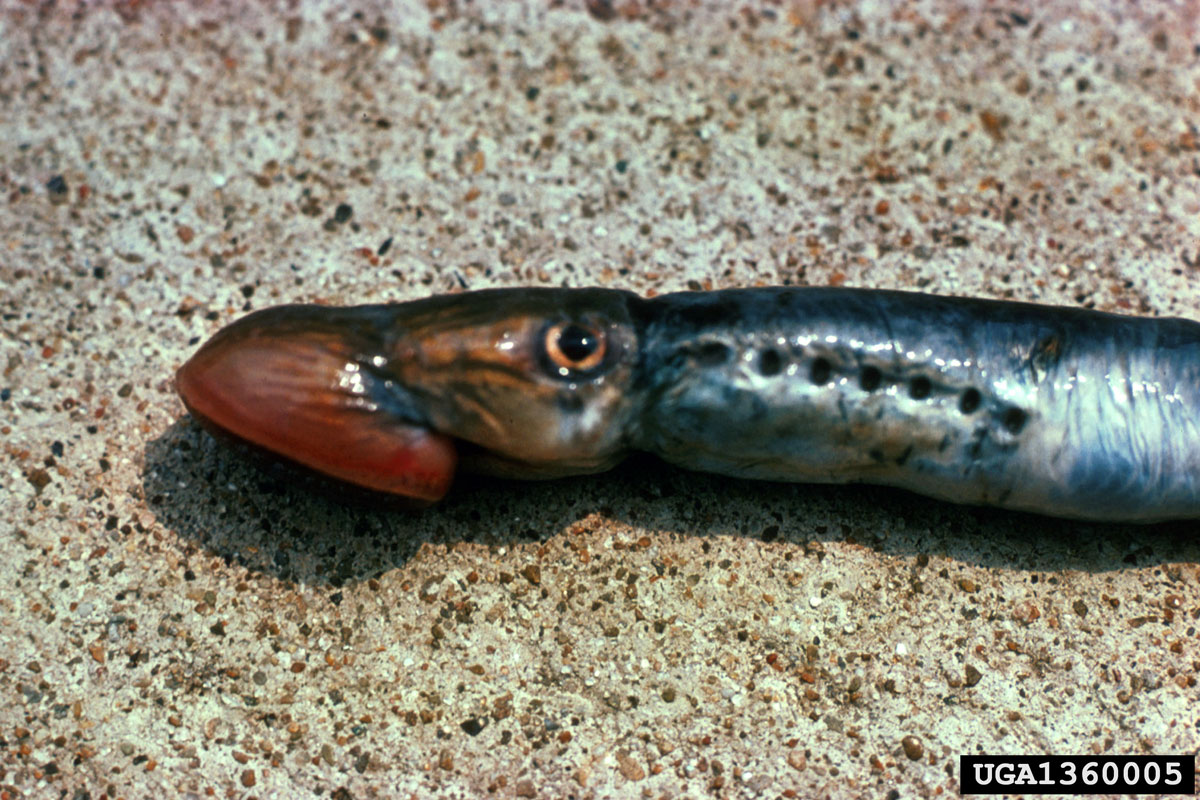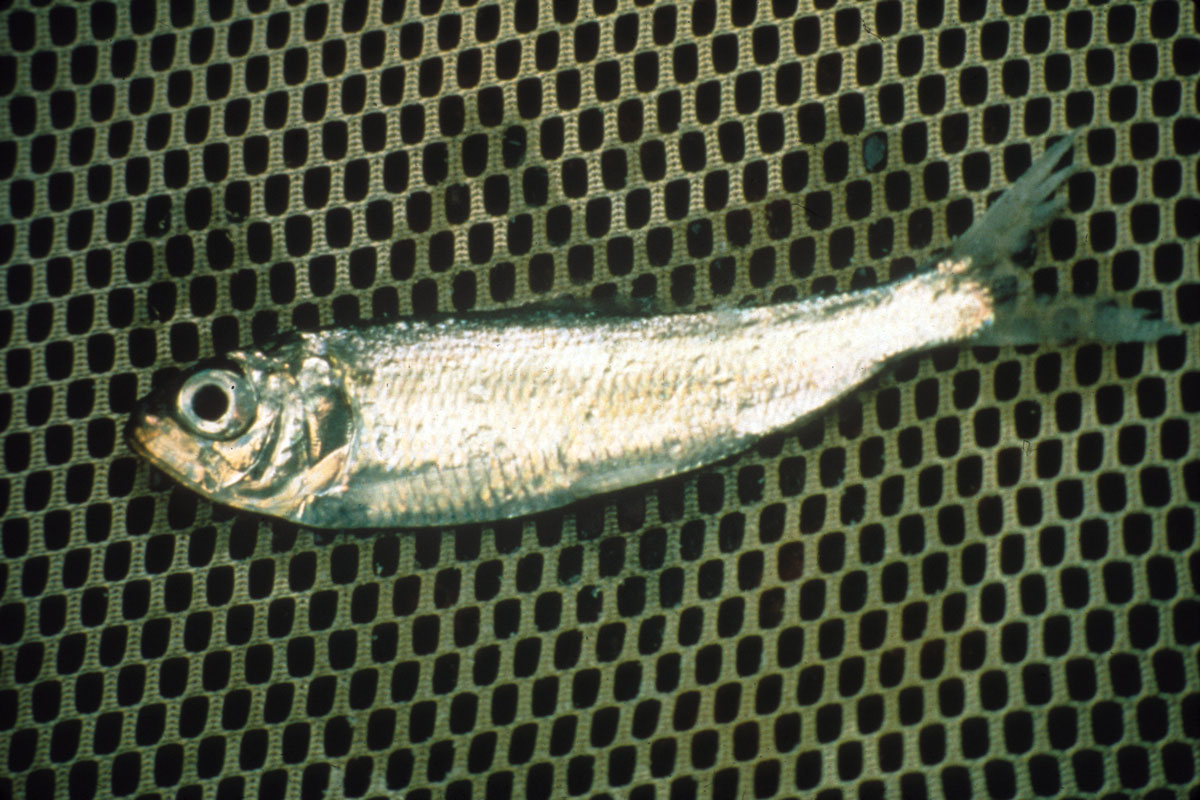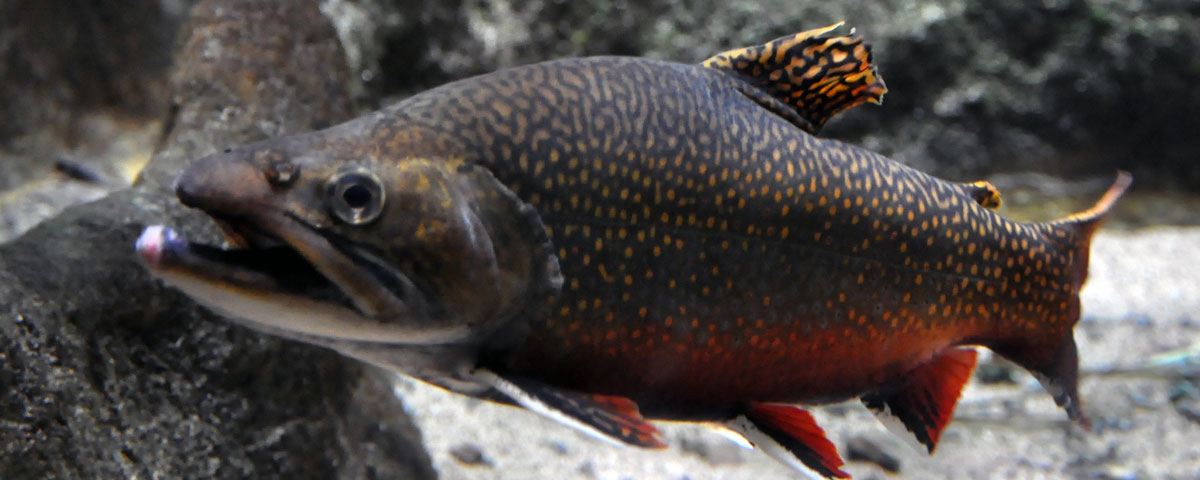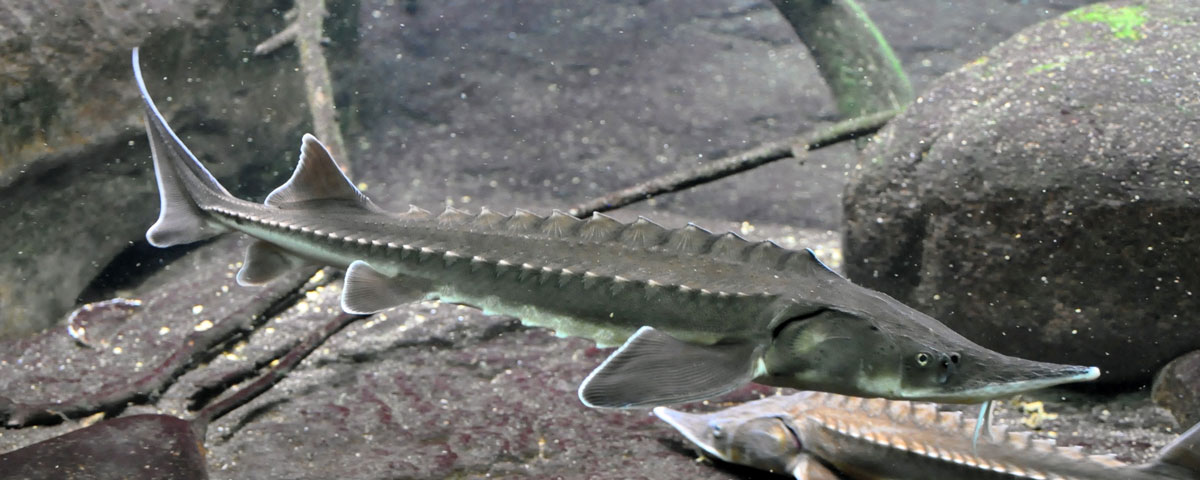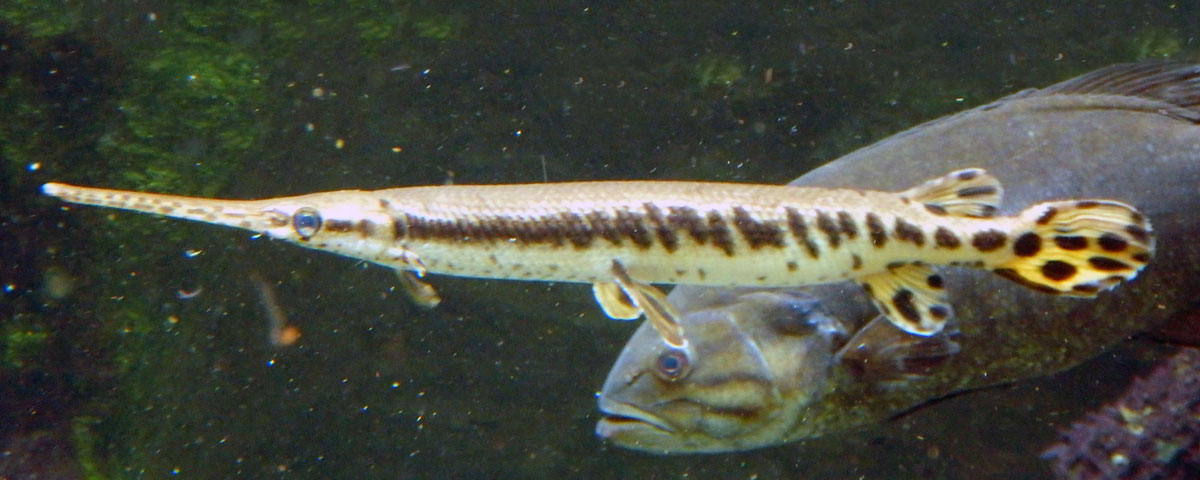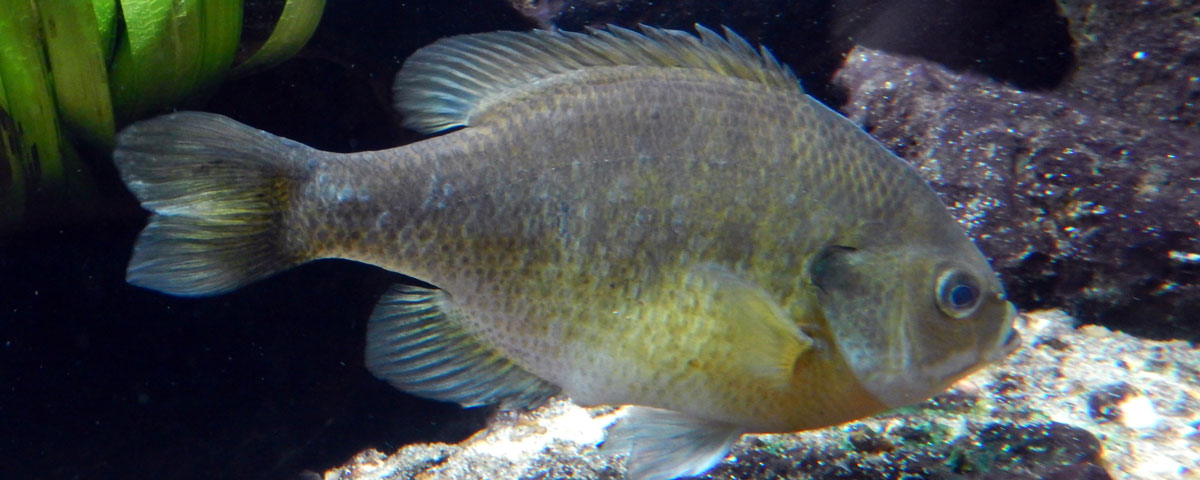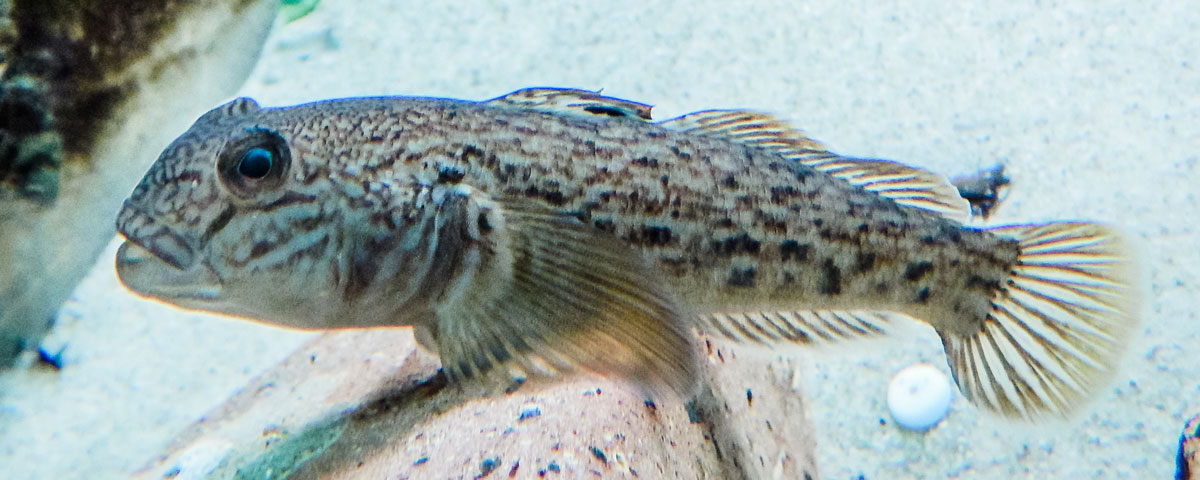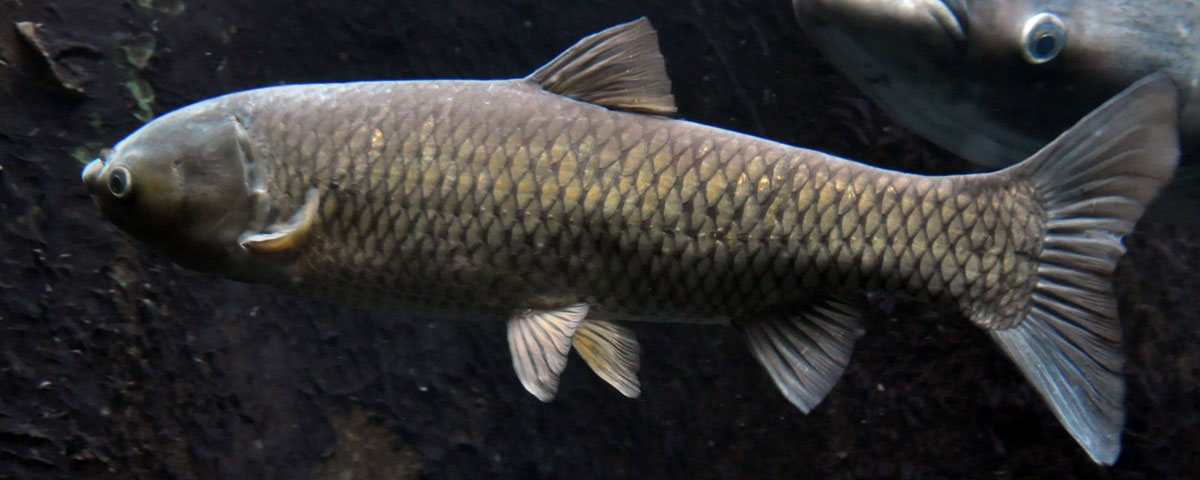What happened to the Lake Trout?
Lake trout were historically the dominant predator and most valuable commercial fish in Lake Michigan. By the 1950s however their populations had dramatically declined due to overfishing and predation by sea lamprey. The lack of a top predator allowed populations of invasive alewife, a plankton eating fish species native to the Atlantic Ocean and first found in Lake Michigan in 1949, to flourish.
The overabundant alewife were prone to massive die offs, which created unsightly and unsanitary conditions on beaches around the lake in the 1960s. Lake Michigan fishery managers applied a novel approach to use Pacific salmon as a biological control for alewife.
Stocking of coho salmon stocking began in 1966 and Chinook “king” salmon followed in 1967. This successful stocking program reduced alewife numbers by the 1980s and also created a highly valuable sport fishery for Pacific salmon.
- 1950s Lake Trout declined due to overfishing and invasive sea lamprey
- followed by invasive alewife population increase
- alewife die offs contaminate beaches
- 1966 – Coho Salmon stocked in Lake Michigan to control alewife
- 1967 – Chinook “king” salmon stocked
- 1980s – Alewife population controlled
- Pacific Salmon sport fishery thriving
Today, anglers in Lake Michigan have the opportunity to catch three species of trout and two species of salmon. Unfortunately, the goal of re-establishing self-sustaining lake trout populations has not been met as lake trout stocking is required to maintain the population.
What is being be done?
Scientists from the Lake Michigan Biological Station (LMBS), headquartered at Illinois Beach State Park, conduct research on a wide variety of topics related to the fisheries and ecosystem of the Great Lakes.
LMBS scientists conduct creel surveys, which gather information from anglers on their harvest and the amount of time spent fishing, to document how changes affect recreational fisheries.
An example of their research is on the Yellow Perch, another favorite of sport anglers and important commercial fisheries species. Yellow Perch suffered a drastic decline in the 1990s, due in part to negative impacts of exotic species on the food web. Researchers collect data on Yellow Perch populations, including survival of juveniles, and habitat quality and availability. This data is vital to managing this recreationally important species.
